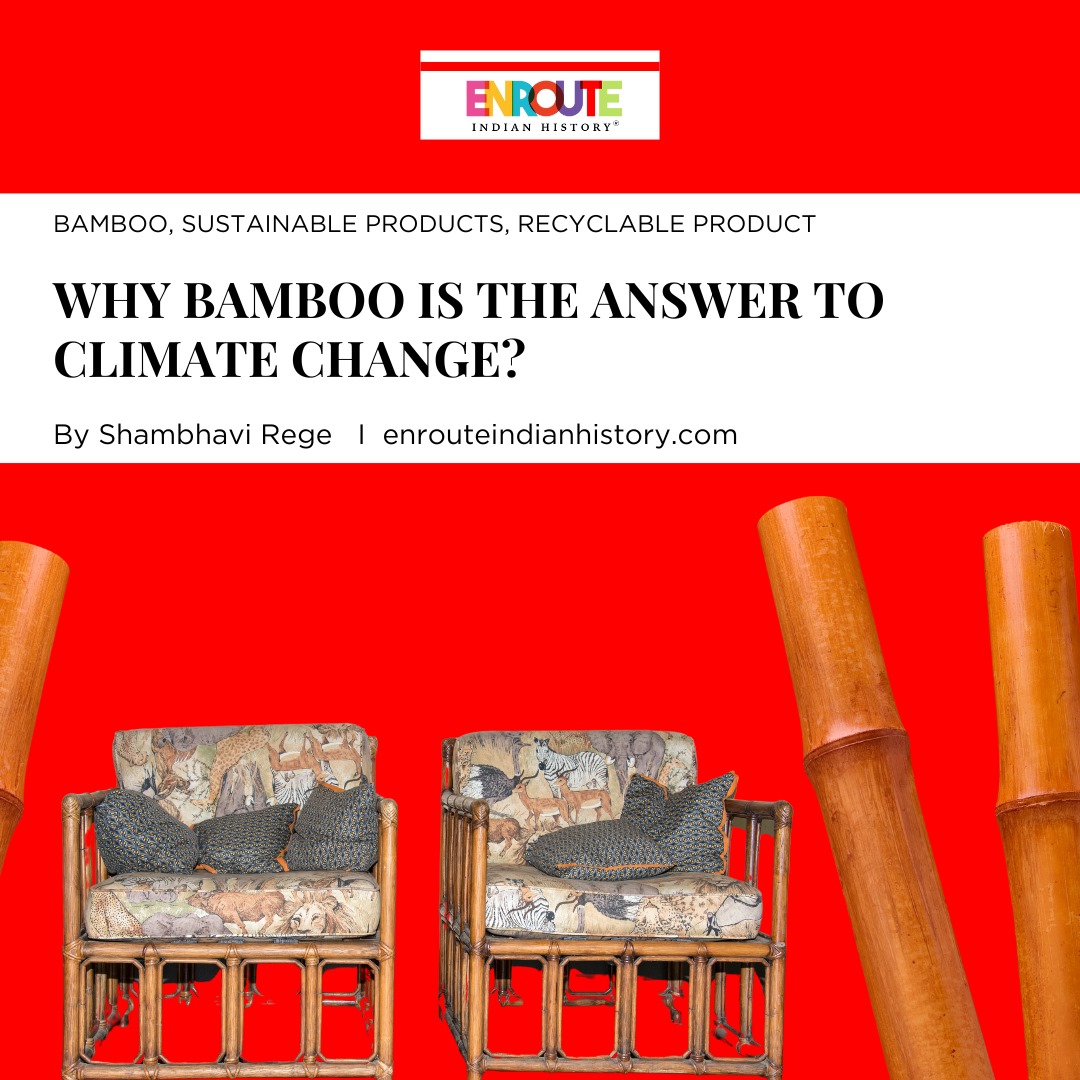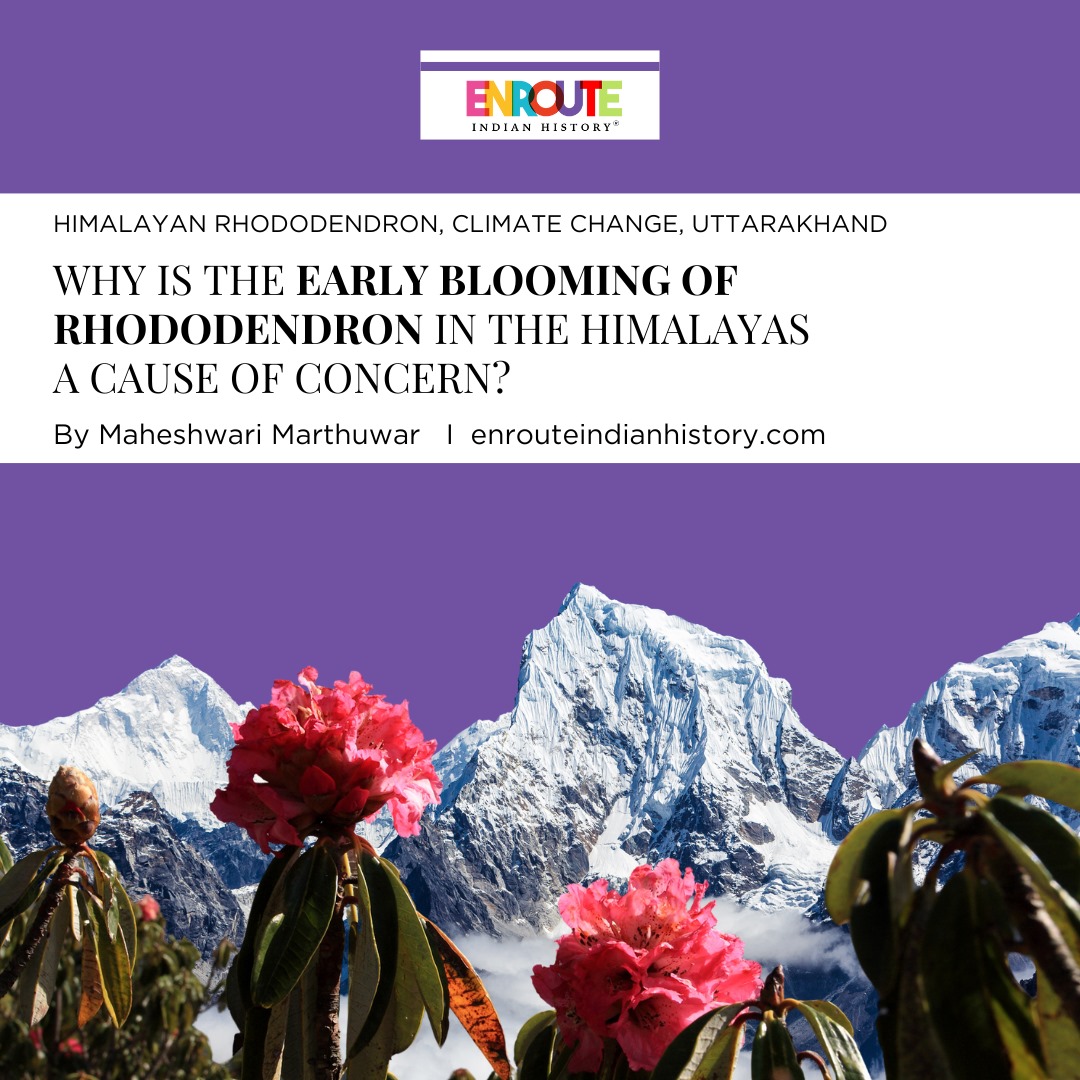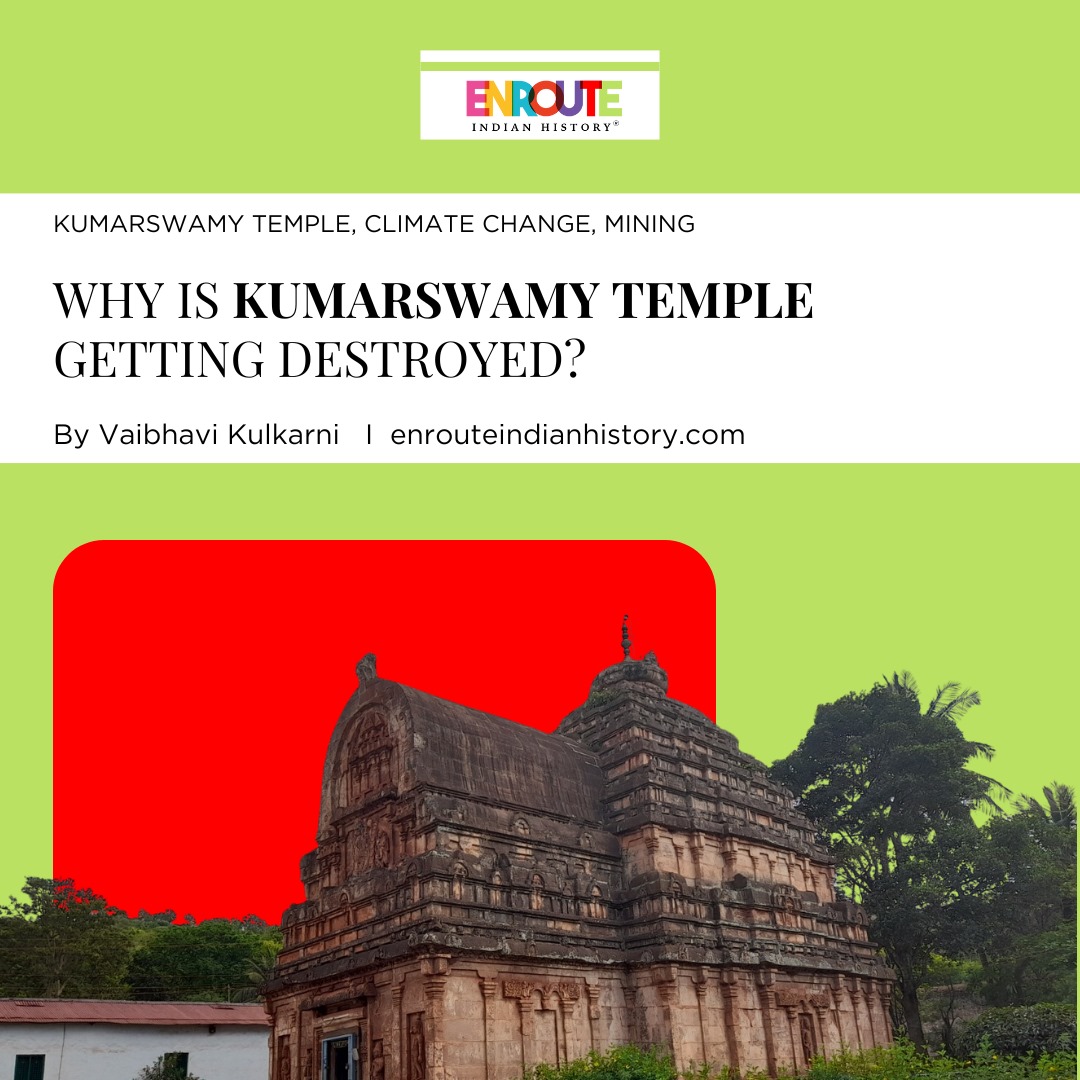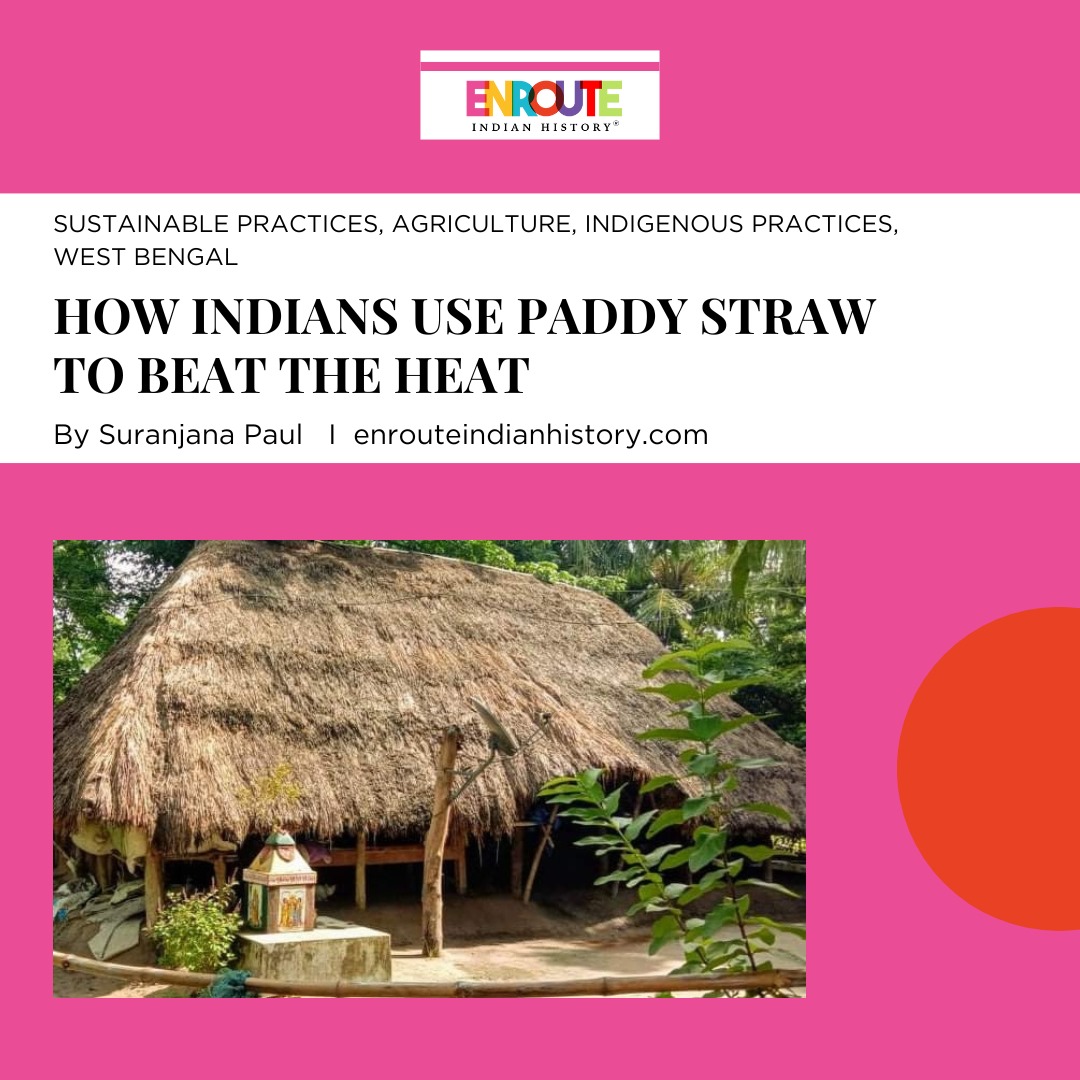
BLOCK PRINTING IN RAJASTHAN
History has witnessed the crafting of Indian textiles with various techniques, including printing and dyeing cotton cloth, since the 12th century. The Royals of Rajasthan used to patronise the art of printing. One such technique is block printing where a carved wooden block with a dye is pressed on the cloth to create a pattern. Sometimes, a mud resist is also used to print in the textiles and is highly popular in Rajasthan, especially in Barmer, Kaladera, Jodhpur, Akela and Jaipur. It is called ‘Dabu’ printing which involves preparing a thick black mud paste and pasting and dyeing the fabric. Blocks of wood with the dabu paste are then printed on the cloth. But different families have different secret recipes to create block print cloth.

A block printed (dabu) textile with different motifs.
MAKING OF THE DABU
Originating from Akola in Chittorgarh, dabu printing is traditionally done by the Chippa community who were originally from Nagaur in Rajasthan and their primary occupation was dyeing and chhapai (printing). The chhippi (printer), rangrez (dyer) and the wood block carvers are the main craftsmen involved in the process and women dominate this tradition, though men are also involved in the process. Though its period of development is debatable, some believe that an 8th-century sample of block printing was found in Central Asia which is believed to have been printed in India in dabu. Medieval literature uses words such as uchcho (print industry) and champai (printer) which makes it one of the oldest printing techniques.
This block printing technique involves the use of locally available black clay or mud which is dug out from a dry pond and soaked in water in a separate tank overnight. But the process of making this dabu is different in different areas. Some of the types of dabu are:
Kalidar Dabu – Here, chuna (calcium hydroxide) and beedan (moth-eaten wheat flour) are mixed with kali mitti (black clay) soaked in water with a solution of gond (gum) added to it. It is then stained with a fine muslin cloth to remove rough particles and the final solution is kept in a mardia (mud pot).
Dolidar Dabu – Here, gond, chuna and Multani mitti are mixed and kept separately in water and then mixed the next day. It is also stained with a muslin cloth and then kept in a mardia.
Gawarvali Dabu – 2kgs of gwar (bean vegetable) is roasted till it gets brown and ground to a fine powder. Chuna is then boiled and stained to be mixed with gwar powder and is further dried and then mixed with a gum solution.
With the mud paste ready, the starch from the fabric is removed and treated. Then wooden blocks of sheesham, rohira and teakwood are prepared by batkare (local carpenters) and are used to shape things. In a village called Bagru in Rajasthan, indigo printing also involves mud-resist which is made of mud-and-cow-dung paste and requires gentle stamping of the mud to not smudge it. Sawdust is then quickly applied to it to dry it and prevent colours to penetrate while dyeing. Colouring is mainly done using indigo for dabu after which the fabric is washed to remove the mud to reveal the non-dyed part. But the indigo printing in Bagru is known as Bagru printing where printing is done in a blue or indigo background generally.



A man carving a wood block and the result of his creation and the block used for dabu printing.
The advantage of using dabu is that it prevents the penetration of dye during dyeing on areas covered with it as the clay holds the ingredients together. But dyes may enter the fabric due to mud cracking which gives it an impressive look to the block printed fabric.

Stamping in dabu printing.
PATTERNS IN MUD RESIST
Generally used for creating patterns with indigo blue, the wood used for block printing has the following designs:
-
- Flower and bird motifs – Found together with stems, it looks like a floral arrangement.
- Inter-twisted tendrils – Includes stems, leaves and flowers which may be used as bels.
- Jaal grids – This has intricate grid patterns.
- Figurines – Animals such as hiran (deer), mayur (peacock) and sua (parrot), birds, human motifs, etc.
- Geometrical motifs – Shapes like leheriya (wave), kangura triangular), chatai (woven) and chaupad (check).



Some patterns in dabu printing.
MUD RESIST PAINTING IN OTHER REGIONS
While the tradition of block printing exists in several regions of India, such as Bengal (for Namabali printing) and Murshidabad (for block-printed handkerchiefs and sarees), the art of mud block printing is also present in Gujarat. This is because the Chippa community had migrated to Gujarat, and they along with the Paithapur families continue to practice it, known as the Sodagiri prints. It is printed using a mud and baval (local gum) paste. Some of the popular patterns in block print in Kutch include black and red designs of birds, animals and dancing girls.


The Ajrakh and Sodagiri block printing of Kutch, Gujarat also uses mud-resist.
CONCLUSION
The art of using wooden blocks with mud on textiles emerged several centuries ago, and India is one of the major centres of block printing in the world. Not only is it popular in Rajasthan, but also in other regions. The benefit of using mud-resist printing is that no dirt, mud, or dust will ever seep into the fabric. But it is a time-consuming process which requires human skill and labour. Yet, the idea of using mud and natural dyes for printing textiles without any threat to the environment makes it demanding both in and outside India.
IMAGE REFERENCES
Image_1: https://i.pinimg.com/originals/ea/c2/6a/eac26ad25b9c240ba1775d0f978985c5.jpg
Image_2,3,4: Robshaw. P. 22.
Image_6,7,8: https://www.indianculture.gov.in/snippets/craft-hand-block-printing.
Image_9: https://cdn.shopify.com/s/files/1/0163/4952/files/dupatta_large.jpg?35882.
Image_10: https://asiainch.org/craft/saudagiri-printing-of-gujarat/.
REFERENCES
Bhushan, Jamila Brij. THE COSTUMES AND TEXTILES OF INDIA. Bombay: D.B. Taraporevala Sons & Co. Pri. Ltd., 1958.
Ganguly, Debojyoti., Amrita. “A Brief Study on Block Printing Process in India”. Fibre2Fashion.
Hada, Janmay Singh. “Dyeing with Natural Dyes: A Case Study of Pipad Village, District Jodhpur, Rajasthan”. ResearchGate, March 2015.
Kaur, Jasminder. “DABU- A Unique Style of Mud Printing”.
KHUSHI HANDICRAFT. “Dabu Printed Fabric”. 30 Jan. 2023, https://www.youtube.com/watch?v=wmTJxVRkxZA. Accessed: 28 July 2023.
Mahapatra, N.N. Sarees of India. New Delhi: Woodhead Publishing India Pvt. Ltd., 2016.
Raj, Sambaditya. “‘Bagru’ – A Traditional Printing Technique of Rajasthan”. Fibre2Fashion.
Robshaw, John., Garnsey, Elizabeth. JOHN ROBSHAW PRINTS: Textiles, Block Printing, Global Inspiration, and Interiors. San Francisco: Chronicle Books, 2012.
Unknown. “THE CRAFT OF HANDBLOCK PRINTING”. Indian Culture, https://www.indianculture.gov.in/snippets/craft-hand-block-printing. Accessed: 28 July 2023.
Vishu Fashionista. “Dabu or Daboo work on Fabric”. https://www.youtube.com/watch?v=A5Xb_E5LiKM. Accessed: 28 July 2023.
Unknown. “Saudagiri Printing of Gujarat”. AsiaInch, https://asiainch.org/craft/saudagiri-printing-of-gujarat/.
- May 15, 2024
- 6 Min Read

























